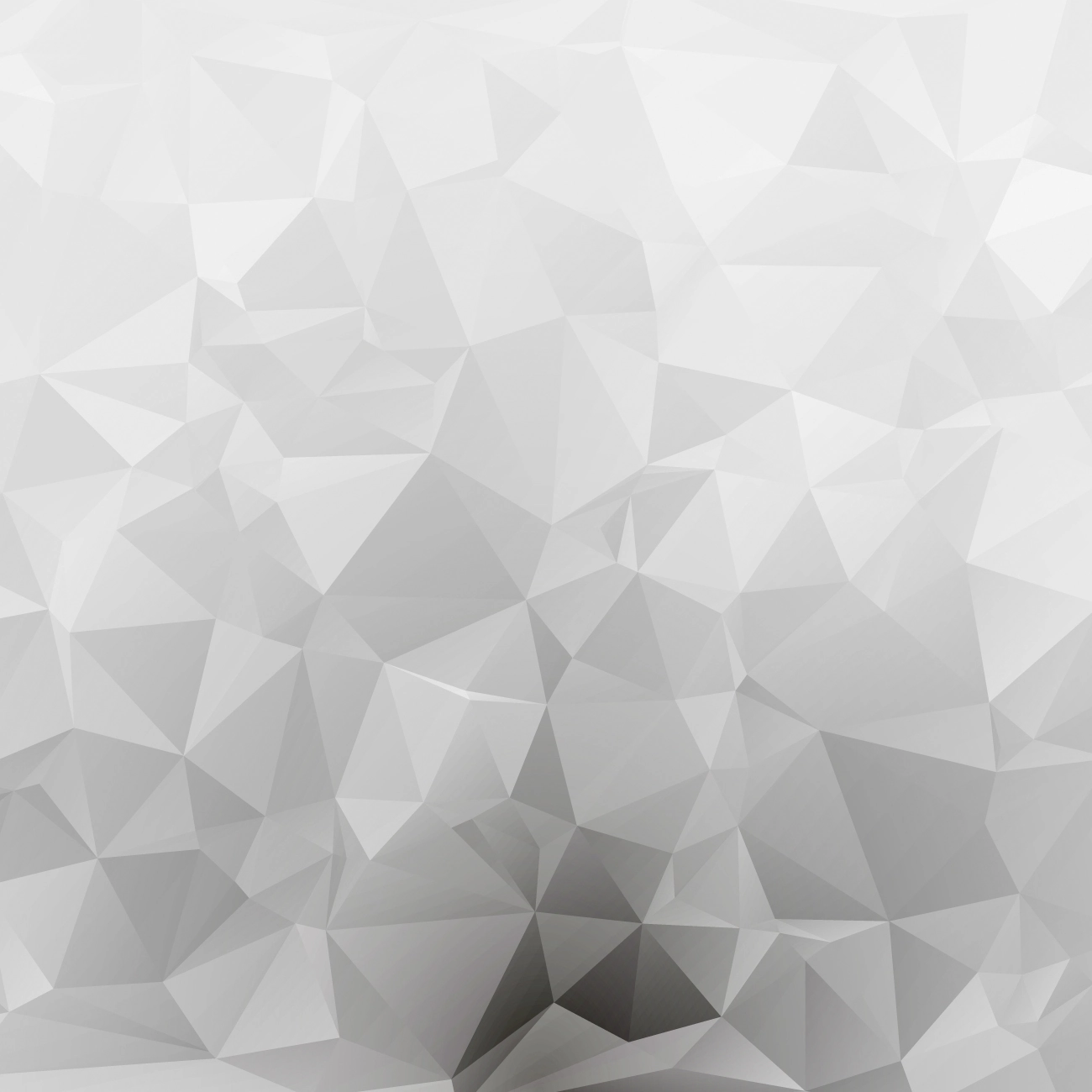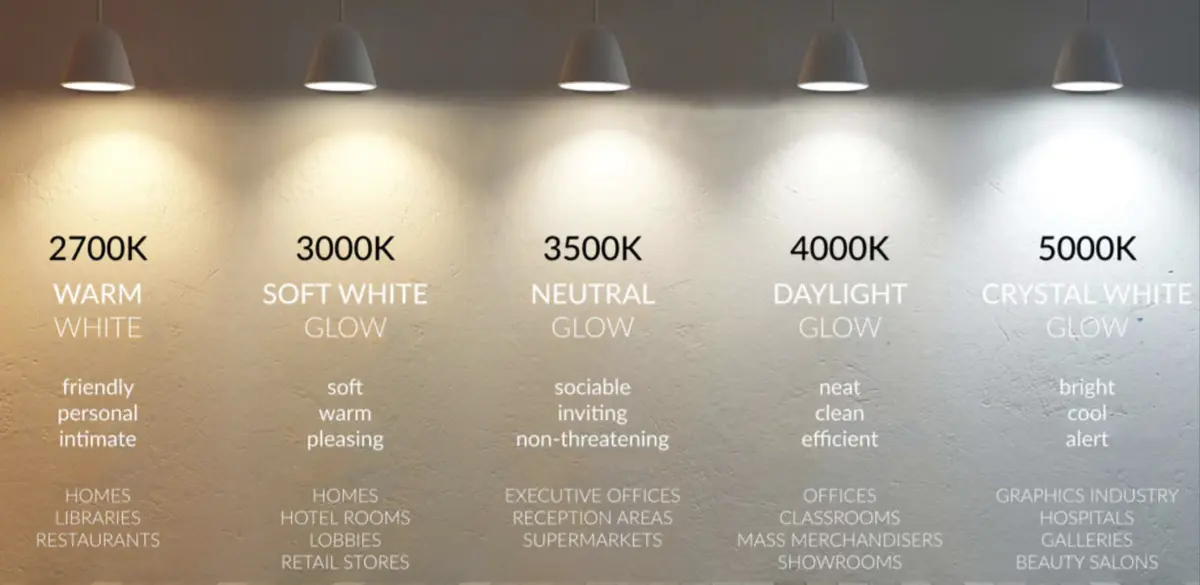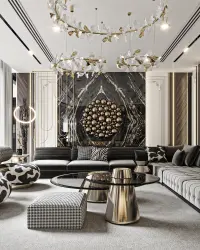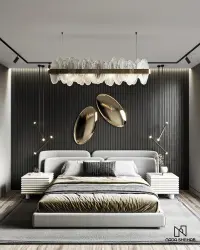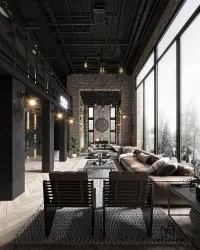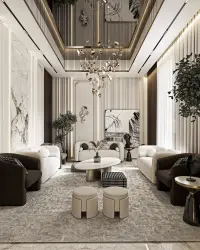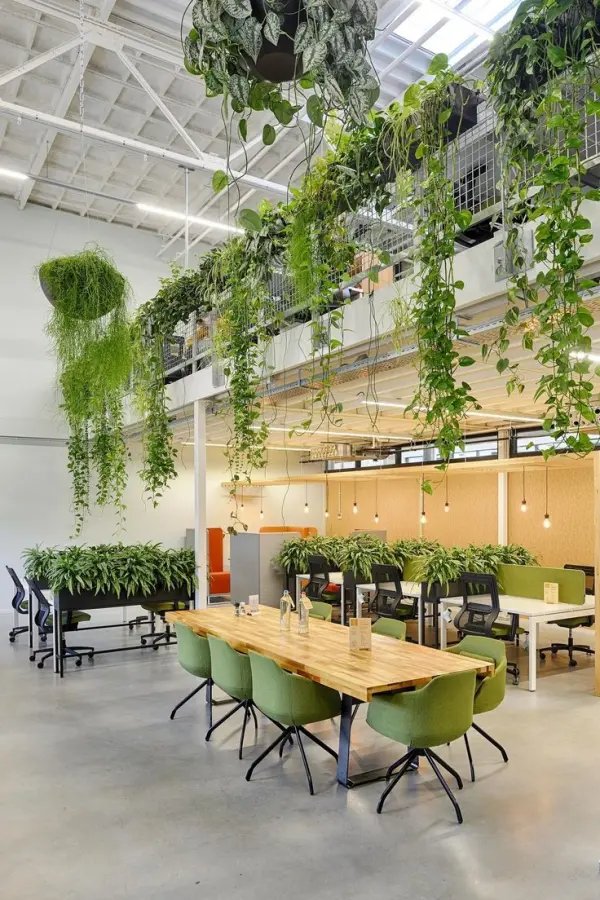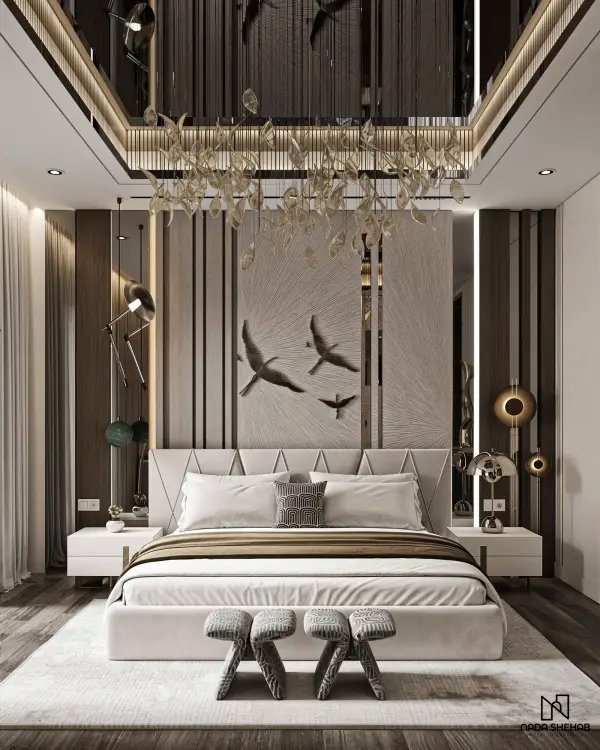Introduction
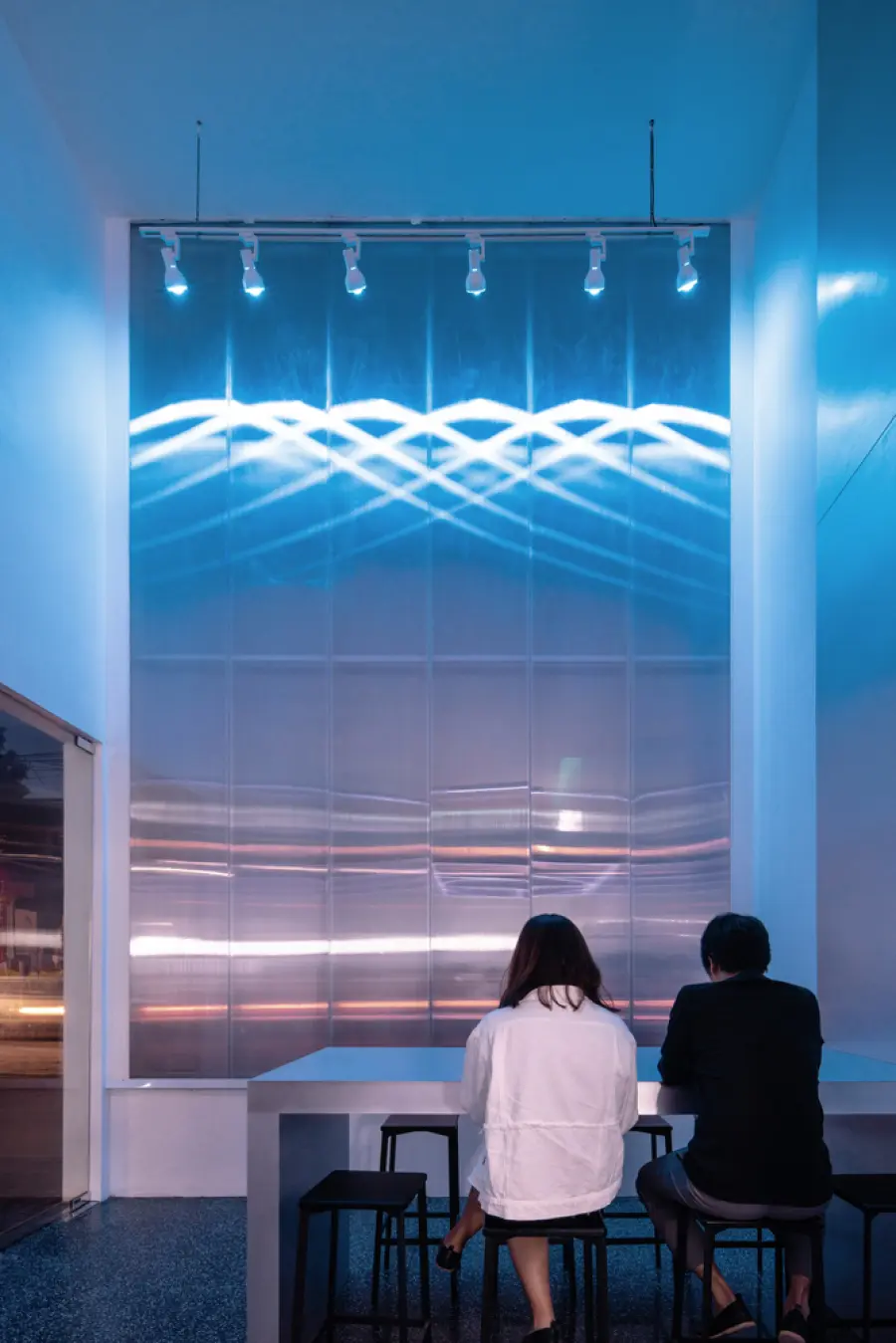
Lighting is one of the most underrated yet powerful elements in interior design. While furniture, materials, and color schemes often take the spotlight, lighting silently dictates how we perceive and interact with a space. It enhances aesthetics, defines functionality, and, most importantly, sets the mood. When used intentionally, lighting becomes more than a technical requirement—it becomes the emotional and visual language of a space. This article explores the critical role of lighting in interior design, its psychological impact, functional considerations, and how to craft balanced, atmospheric lighting plans."""""""""""""
The Role of Lighting in Interior Design
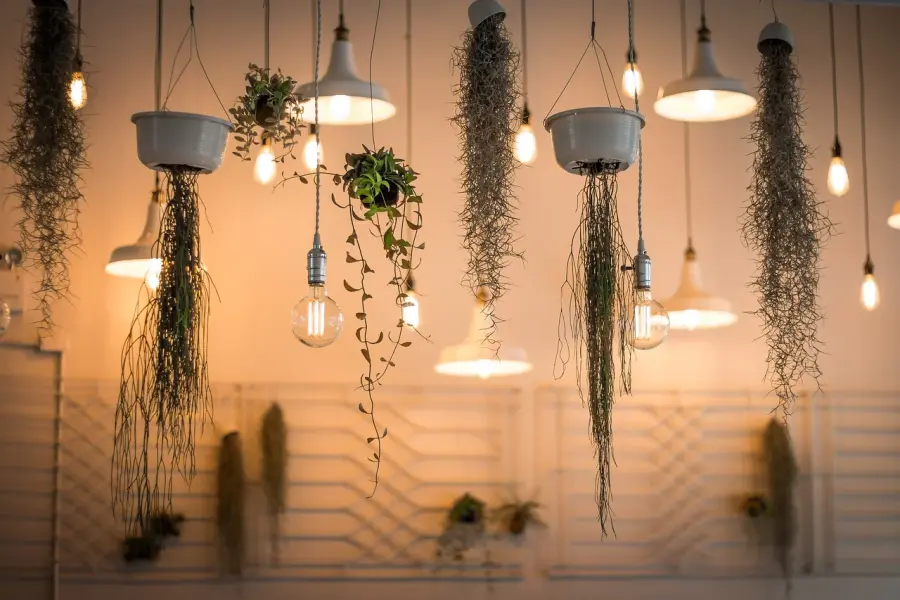
Lighting influences both form and function in interiors. It highlights architectural features, creates focal points, and affects spatial perception. A well-lit room feels inviting and dynamic, while poor lighting can make even the most beautiful design feel dull or unwelcoming. There are three main types of lighting in design: Ambient (General) Lighting – The overall illumination that fills a space. Task Lighting – Directed light that aids specific activities, such as reading or cooking. Accent Lighting – Decorative or functional lighting used to emphasize art, textures, or architectural details. Designing with these layers allows for flexible control over atmosphere and function."""""""""""""
Psychological Effects of Lighting
Light has a profound psychological and biological impact. It affects circadian rhythms, mood, alertness, and productivity. Here are a few key psychological effects: Warm lighting (yellow-orange tones) creates coziness and relaxation. It’s ideal for bedrooms and living rooms. Cool lighting (white-blue tones) increases alertness and focus, making it suitable for offices and kitchens. Natural lighting supports well-being, boosts vitamin D, and enhances mood. Understanding how different lighting temperatures affect the mind allows designers to create spaces that are not only visually appealing but emotionally responsive.
Natural Light

Natural Light Maximizing daylight reduces energy consumption and improves health. Designers use large windows, skylights, light wells, and glass partitions to bring in as much natural light as possible. Artificial Light Artificial lighting offers control and consistency, especially in low-light environments. Choosing the right color temperature (measured in Kelvins) is key: 2700K–3000K: Warm white – cozy, inviting 3500K–4100K: Neutral white – clear and balanced 5000K–6500K: Cool white – crisp, energizing A good lighting plan blends both sources harmoniously to support mood, health, and performance.
Lighting Design for Different Interior Zones
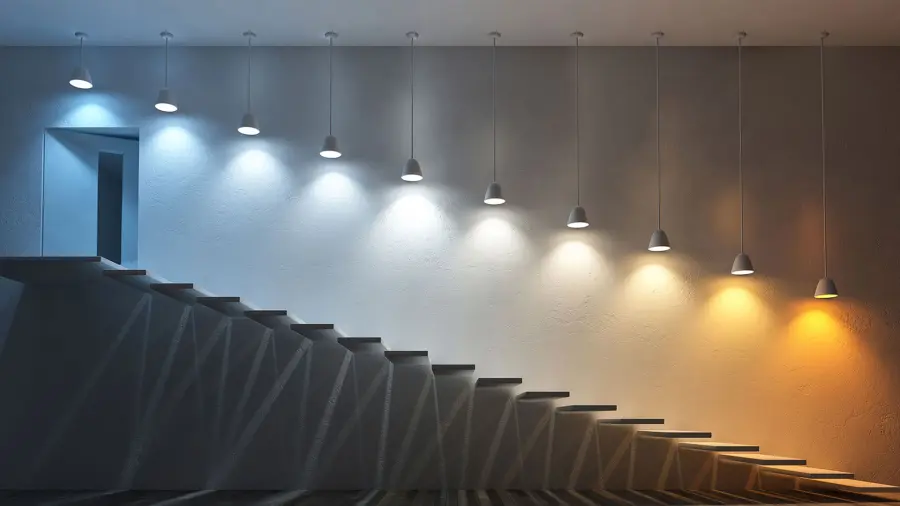
Living Room Use layered lighting: ambient lighting via ceiling fixtures, accent lighting with floor or table lamps, and task lighting for reading areas. Dimmers allow flexibility for various activities. Kitchen Prioritize functionality with under-cabinet task lighting and overhead general lighting. Pendant lights above islands add style and improve visibility. Bedroom Use warm, dimmable lighting to promote relaxation. Bedside lamps, cove lighting, or backlit headboards create a serene and intimate setting. Bathroom Ensure adequate task lighting near mirrors (e.g., wall-mounted sconces) combined with ambient ceiling lighting. Use waterproof, glare-free fixtures for safety. Home Office Cooler task lighting improves focus, while ambient lighting softens the environment. Adjustable desk lamps prevent eye strain during extended work periods. Smart Lighting and Modern Technology The rise of smart home systems has transformed lighting design: Automated lighting adjusts intensity and color throughout the day. Motion sensors enhance convenience and energy efficiency. Voice-controlled systems allow hands-free operation. RGB lighting enables full-spectrum customization for mood and creativity. Designers now collaborate with technology to create interactive and adaptive lighting environments that respond to user needs in real time. Energy Efficiency and Sustainability Lighting accounts for a significant portion of energy usage in homes and commercial spaces. Sustainable lighting design involves: Using LED technology, which consumes up to 80% less energy than traditional bulbs. Incorporating daylight harvesting to reduce artificial lighting during the day. Installing timers and sensors to prevent unnecessary usage. Sustainability is no longer a luxury—it's a necessity. Eco-conscious lighting design not only reduces carbon footprint but also cuts long-term costs. Designing with Shadows and Contrast Light is only half of the story—shadows give it depth. Great lighting design doesn’t eliminate shadows but sculpts them to add dimension and drama. Uplighting, wall-washing, and backlighting techniques are used to create striking visual effects. Contrast between light and dark adds personality and complexity to interiors, especially in contemporary or minimalist spaces. Lighting and Material Interaction The way light interacts with surfaces—glossy, matte, textured, or transparent—can drastically change the mood of a room. For example: Glossy finishes reflect light and brighten up darker spaces. Matte surfaces diffuse light for a softer ambiance. Glass and mirrors multiply light and create illusions of space. Designers must consider material choices in tandem with lighting to achieve the desired effect. Conclusion Lighting is far more than illumination—it’s the unseen hand that choreographs every experience within a space. Whether it’s casting a warm glow on a cozy corner or highlighting a striking feature wall, lighting is the silent architect of interior emotion. Great interior design is never complete without a thoughtful lighting strategy that harmonizes aesthetics, function, and human comfort. As technology advances and our understanding of lighting deepens, designers are better equipped than ever to create atmospheres that are both beautiful and intelligent.

